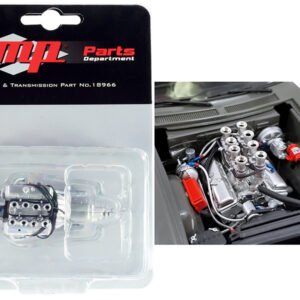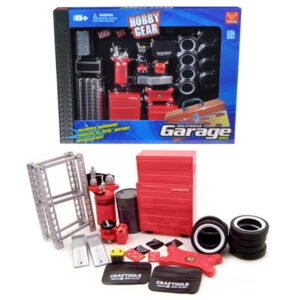Description
- Brand new 1/48 scale diecast model of Bristol F-2B Fighter Aircraft “A7194, Capt. Arthur H Peck & Capt. John JL Williams, No.111 Squadron, Egypt” (1917) Royal Flying Corps “The Aviation Archive” Series die cast model by Corgi.
- Limited edition.
- Brand new box.
- Detailed exterior.
- True-to-scale detail.
- Includes display stand.
- Officially licensed product.
- Includes two pilot figures in cockpit.
- Manufacturer’s original unopened packaging.
- Dimensions approximately Length- 6.5, Wingspan- 9.75 inches.
- Diecast metal and plastic construction for durability and a heavy, realistic feel.
- It is a highly detailed and accurate model, perfect for collectors and enthusiasts of military history.
- Realistic panel lines, antennas, access panels, and surface details for an authentic representation of the real-life airplane.
- HISTORY ASPECTS:
- With the aeroplane becoming such a vital weapon during the Great War and with the Royal Flying Corps’ Royal Aircraft Factory BE2c reconnaissance aircraft suffering so badly at the hands of the German Fokker Eindecker, an effective replacement in the armed reconnaissance/fighter role was desperately needed. At the Bristol Aeroplane Company, Chief Designer Frank Barnwell was determined that he was going to produce such an aircraft and he was uniquely qualified to deliver on his promise. A qualified Royal Flying Corps pilot with combat flying experience over the Western Front, he knew what qualities the new aircraft must possess and perhaps of even greater importance, what RFC crews would need from it. The new aircraft must be capable of effectively defending itself from enemy attack, but also to possess the ability to turn the tables in such circumstances and make any Luftstreitkräfte pilot regret their decision to tangle with the new British aircraft.
- The prototype Bristol Type 12 (F.2A) made its maiden flight on 9th September 1916 and powered by the new 190hp Rolls Royce Falcon I engine, posted impressive performance from the start. A relatively large and purposeful aircraft, suitably impressed War Office officials placed an order for further development aircraft and 50 production aircraft for RFC training units, all of which would eventually be assigned to No.48 Squadron. Following training in the UK, this unit would take their Bristol Fighters across the Channel and make their combat debut in April 1917 at the Battle of Arras. The new Bristol Fighter, or Brisfit (as it would be referred to by everyone in the Royal Flying Corps) underwent early improvement and modification and would quickly lead to the production of the most capable and ubiquitous version of the aircraft, the F.2B variant.
- This latest version featured the new, more powerful Rolls Royce Falcon III engine, a 285hp unit which gave the Bristol Fighter and impressive top speed of 123 mph and significantly greater climbing capability, making this an exceptionally capable fighting aeroplane. It would go on to make a significant contribution towards wrestling superiority of the air from the Germans and would remain a competitive combat aircraft for the remainder of the war. A relatively large aeroplane when compared with such enemy types as the Albatros series and Fokker Dr.1, the Bristol F.2B Fighter was surprisingly nimble for its size, possessing both the speed and heavy armament needed to claim a significant number of aerial victories for its crews. With well trained and experienced F.2B crews working as one, this nimble gunship could keep its guns pointed at an enemy aircraft during any engagement, resulting in many an unwary Luftstreitkräfte pilot quickly finding themselves starting as the hunter, only to quickly become the hunted. Rather than adopting effective defensive tactics, the Bristol Fighter was so good that RFC pilots actively went looking to tangle with the enemy. By November 1918, orders had been placed for over 5,500 Bristol Fighters, and whilst some of this number would eventually be cancelled due to the end of hostilities, by the time the production lines were finally closed in September 1919, no fewer than 4,747 aircraft had been produced.


 Cart is empty
Cart is empty 



